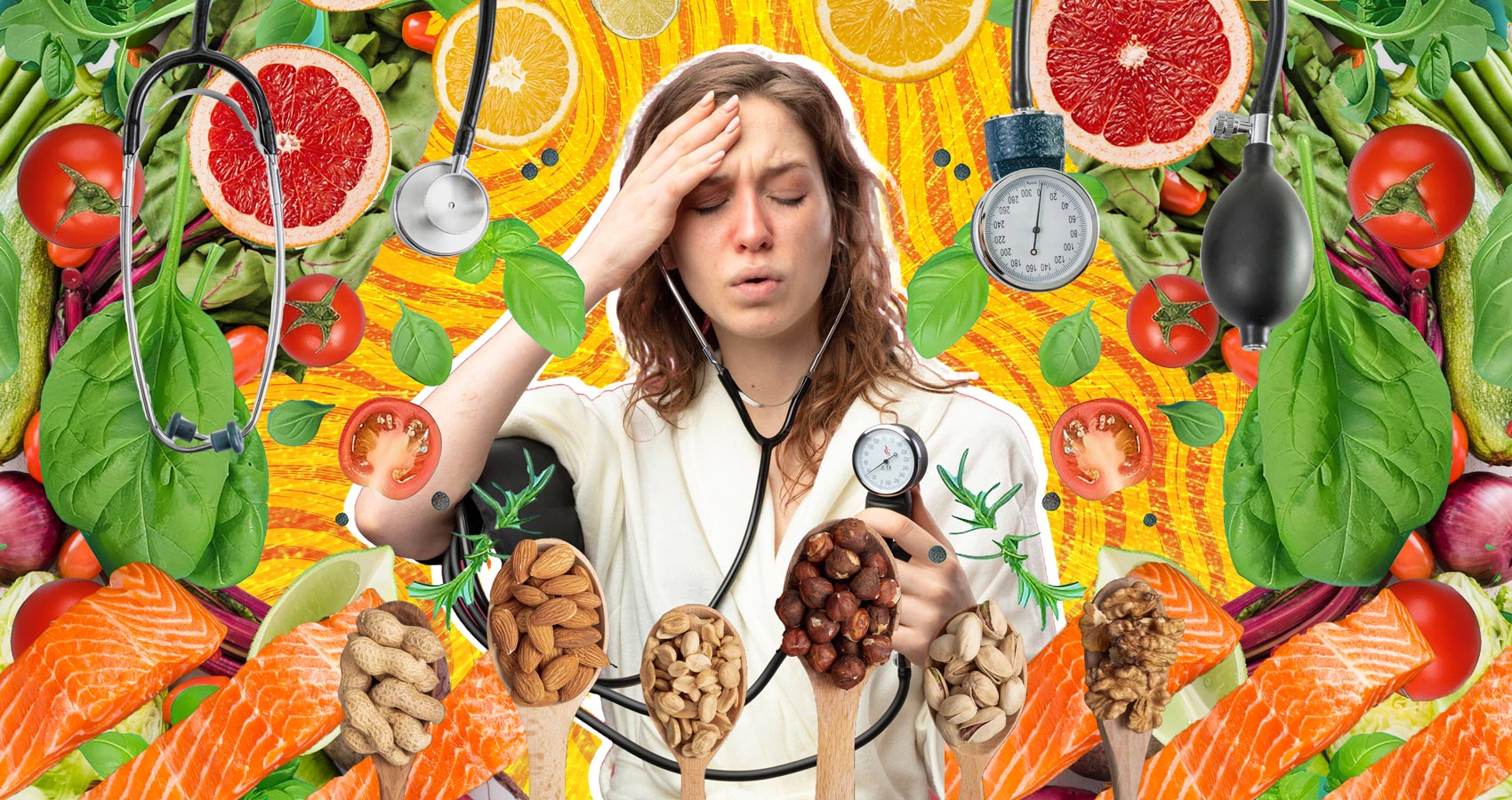
What Foods Help With Low Blood Pressure? A Quick Guide
Nutrient-rich foods to support stable blood pressure and health.
Managing low blood pressure, or hypotension, is essential for maintaining energy, focus, and overall health. While hypotension may not pose immediate risks for everyone, chronic low blood pressure can cause dizziness, fainting, and, in severe cases, shock. Addressing hypotension through dietary choices can be effective and convenient, particularly with regular blood health monitoring.
So, what foods help with low blood pressure? Read on to learn more.
What Is Low Blood Pressure?
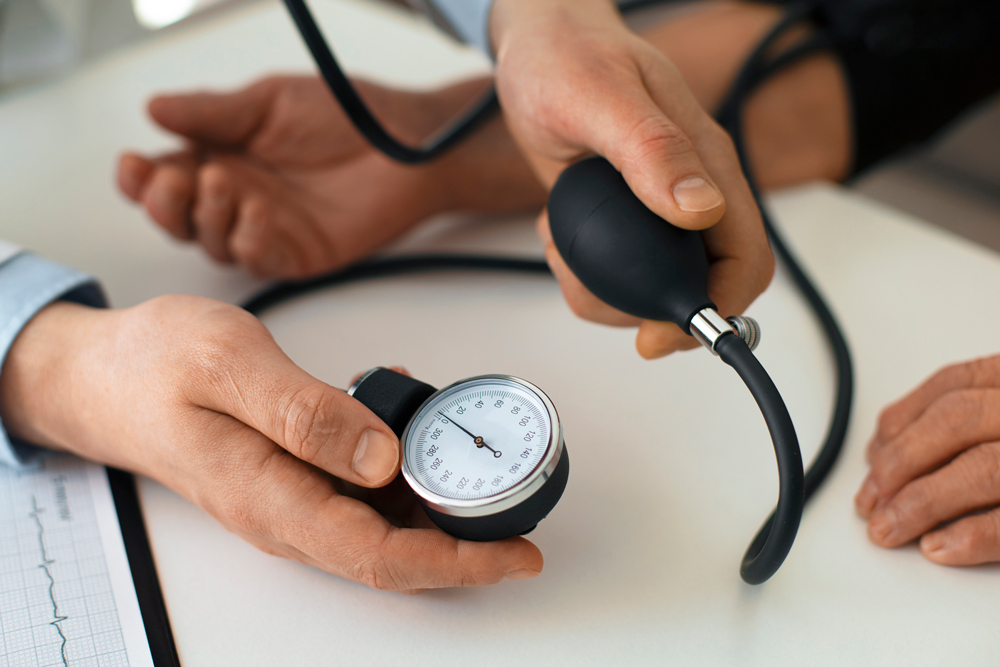
Low blood pressure, or hypotension, occurs when blood flows through the arteries at a lower-than-normal pressure, leading to dizziness, fainting, and fatigue. Common causes include dehydration, nutrient deficiencies, heart issues, or prolonged bed rest. Although less concerning than high blood pressure, severe or chronic low blood pressure can interfere with daily life and indicate underlying health conditions.
By maintaining proper hydration, a balanced diet, and regular check-ups, you can manage symptoms and improve circulation for better health outcomes. On the other hand, if you've noticed symptoms of low blood pressure, regular monitoring of relevant markers—like cholesterol, glucose, or inflammation levels—can also offer valuable insights.
In particular, using an at home blood test from reputable providers can provide an affordable and easy way to check these health factors without needing a doctor’s appointment.
Nutrient-Rich Foods That Support Blood Pressure
To tackle low blood pressure naturally, focus on foods that promote healthy cholesterol and improve circulation. These include:
Leafy Greens
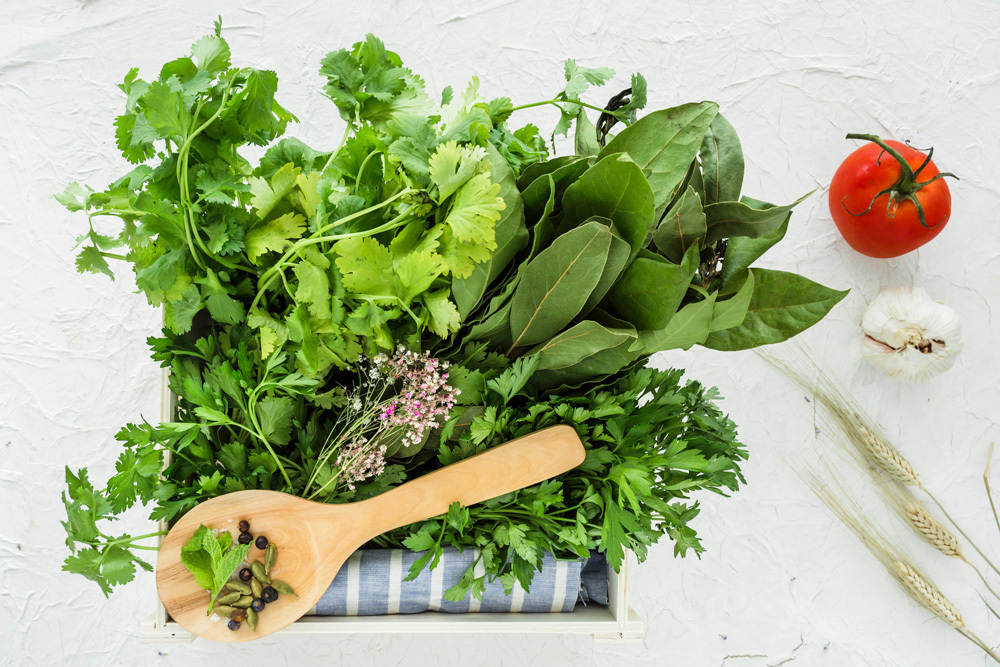
Leafy greens like spinach, kale, and Swiss chard are rich in folate, potassium, and magnesium—all essential for cardiovascular health. Potassium can help balance sodium levels, a crucial factor in maintaining stable blood pressure. These greens also promote healthy blood cholesterol levels, which is critical since high cholesterol can increase heart strain, even for those with low blood pressure.
Therefore, by adding these greens to fall soups, salads, and warm dishes, you can enhance flavor and nutrition. If you're curious about your potassium or magnesium levels, an at-home test can clarify how well your diet meets these nutritional needs.
Nuts and Seeds
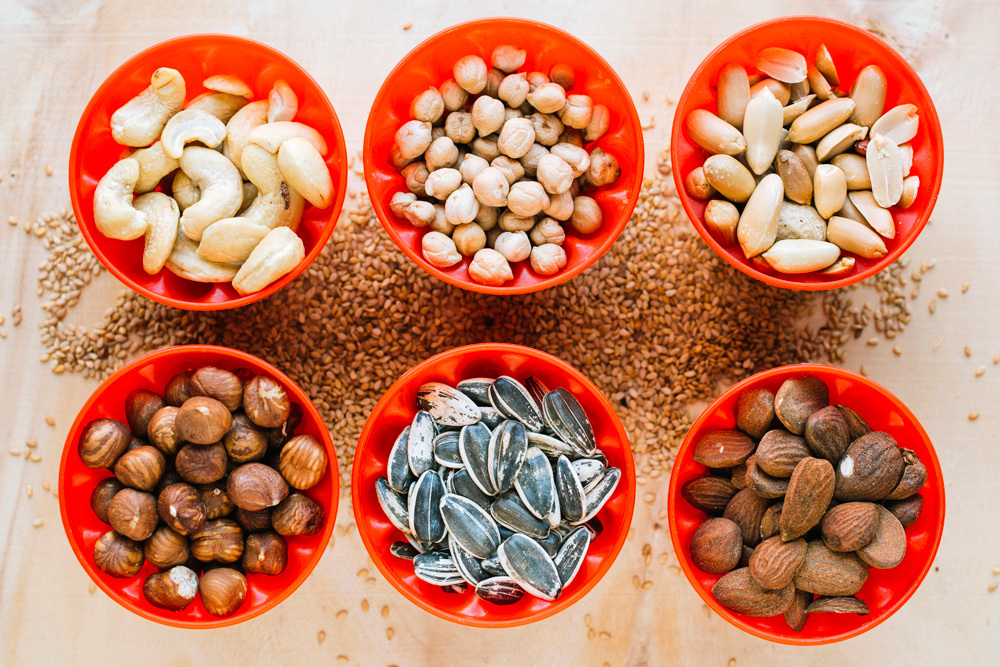
Nuts such as almonds, walnuts, and seeds like flaxseeds and chia are packed with essential fatty acids and minerals. Omega-3 fatty acids, found abundantly in walnuts and flaxseeds, reduce inflammation, benefiting blood pressure levels. Moreover, their rich magnesium content supports circulation and muscle function, both critical for healthy blood pressure.
Lastly, these nutrient-dense snacks also promote healthy cholesterol, as their plant-based fats improve HDL (the “good” cholesterol) and lower LDL (the “bad” cholesterol).
Beets and Beet Greens

Beets are natural sources of dietary nitrates, which the body converts into nitric oxide. This compound works to dilate blood vessels to enhance circulation and lower blood pressure. Beet greens, often overlooked, contain potassium and magnesium, adding to their cardiovascular benefits.
By eating beets regularly, either roasted, in salads, or as a juice, you can improve circulation and support blood pressure stability.
Fatty Fish
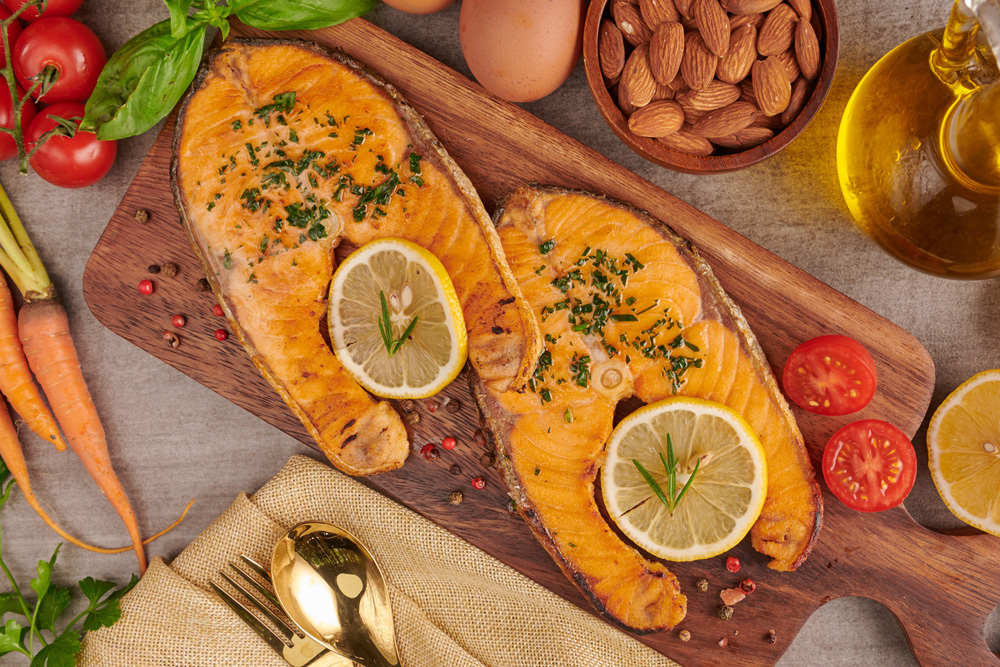
Fatty fish, like mackerel, salmon, and sardines, are rich in omega-3 fatty acids that help reduce inflammation and promote heart health. Omega-3s lower triglycerides and raise HDL cholesterol, which can help maintain optimal blood pressure and improve blood flow. Regularly eating these types of fish can help with blood pressure regulation and overall cardiovascular health, which is easy to monitor using an at home insulin resistance test and cholesterol testing options.
Hydration and Sodium
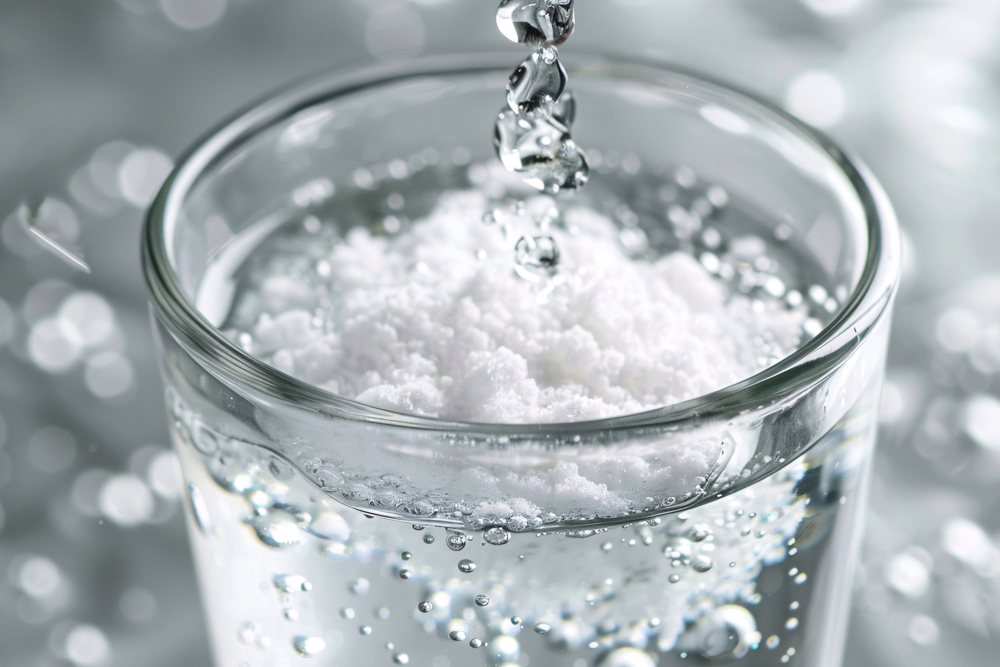
Dehydration can lower blood pressure, leading to dizziness or lightheadedness, especially when standing. Additionally, sodium, which is often avoided for high blood pressure, can be beneficial in controlled amounts for those with hypotension. It’s essential, however, to manage both components carefully.
Electrolyte-Rich Beverages and Moderate Sodium

Incorporate natural electrolyte beverages like coconut water, which contains potassium and sodium, or add a small amount of salt to your meals. Soups and broths are also fantastic, especially in the colder months, as they offer warmth and hydration. Monitoring your sodium and electrolyte levels can be part of an at-home blood test to ensure your body remains balanced without overdoing it on salt.
Bananas
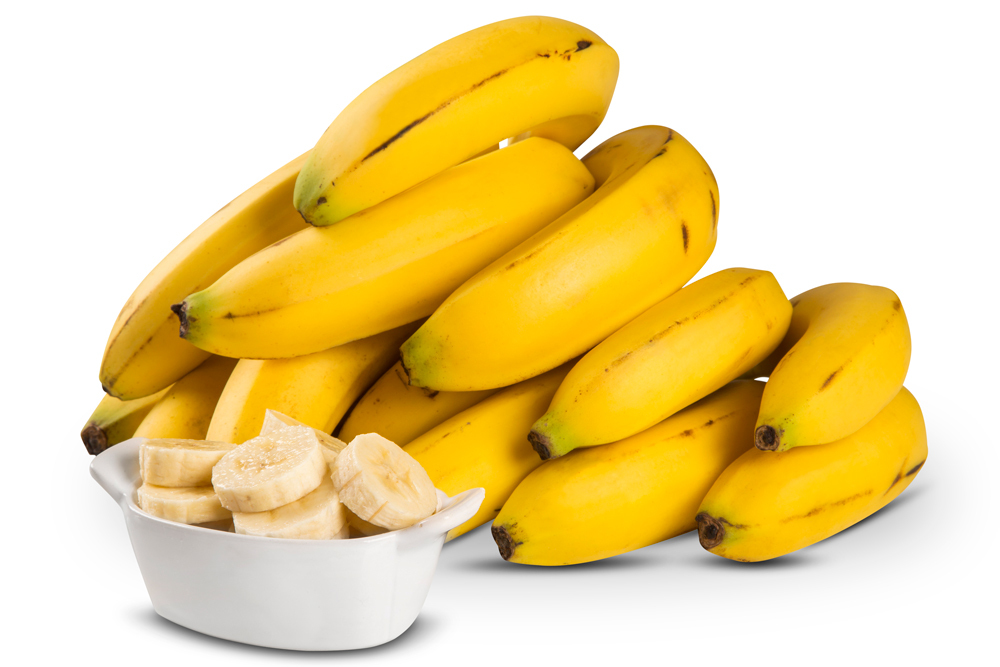
Bananas are well-known for their potassium content, which supports balanced blood pressure. They’re an excellent option for a quick snack, smoothie addition, or fall-themed desserts. Since low blood pressure can sometimes result from an electrolyte imbalance, bananas make a simple and effective remedy.
Berries and Citrus Fruits
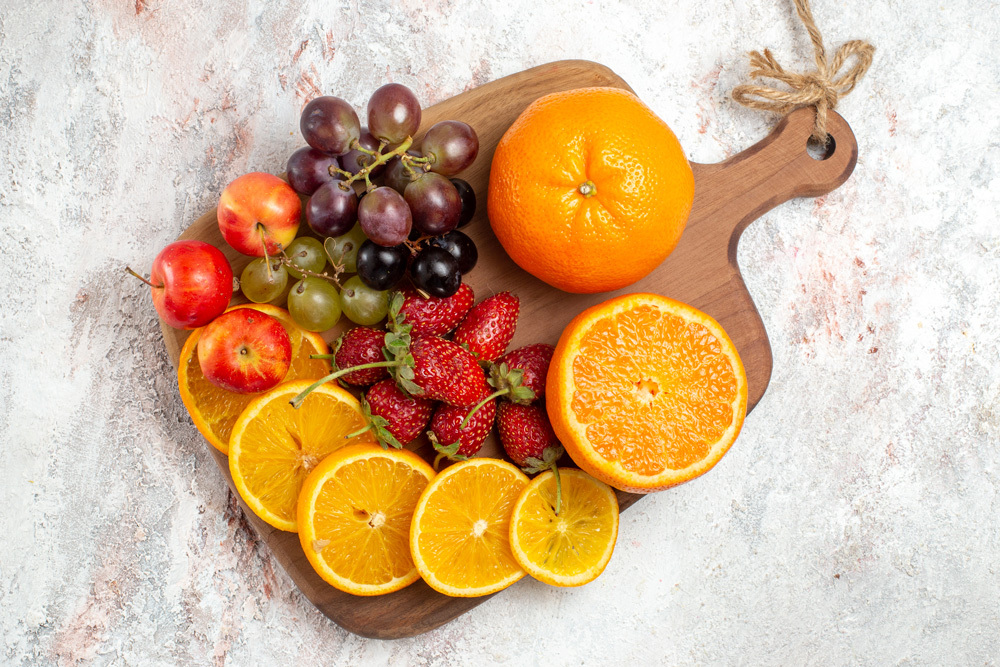
Berries and citrus fruits, rich in antioxidants, reduce inflammation. This is essential for heart health, as inflammation can restrict blood vessels and complicate blood pressure regulation. By incorporating these fruits regularly, you can improve blood pressure balance and reduce oxidative stress on blood vessels.
Furthermore, using at-home blood tests for inflammation markers, such as CRP (C-reactive protein), can be a straightforward way to see if dietary choices are effectively lowering inflammation and benefiting cardiovascular health.
Conclusion
Managing low blood pressure through diet is achievable by focusing on nutrient-rich foods that support healthy blood flow, balance electrolytes, and reduce inflammation. With the combination of the foods mentioned above in mind, you can create a balanced and effective approach to better health.











